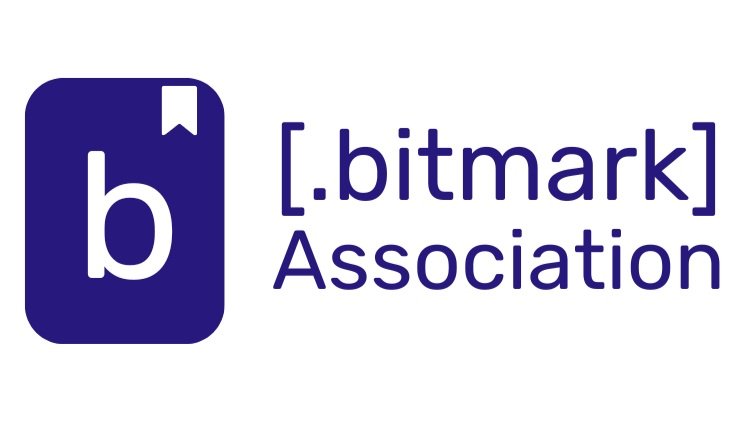Why the Absence of a Common Ground is Limiting Progress in Education
Why is it important to have a common standard in education?
I have two kids — a girl who is in high school and a boy who just finished primary school.
When they were homeschooled during the Corona lockdown in 2021, they would get E-Mails from their teachers with PDFs and Word documents to print at home plus once a week they received a large envelope by post with paper copies of exercises and other teaching materials.
So why do the schools still work so much with PDFs and even physical paper instead of using digitized learning material?
Well for the simple reason that the vast majority of the learning material is simply not available digitally.
Now you probably ask yourself why this is?
Are you a visual learner? Watch this conversation with Committee Member of the bitmark Association Philippe Pointet on Youtube.
The main reason is that the meaningful digitization of learning material is costly, both in terms of time and money.
Now the problem is that all those learning apps have has their own language.
So if a publisher or any provider of learning content, digitizes his learning material to fit platform X, and if then platform X turns out not to work or not fulfill the uses the students require he has to re-digitize his, whole learning content to the logic of that new platform.
And because the requirements are so different on each learning platform, being a publisher you might have to do this exercise again and again.
That is really the reason why there is so little digitally available learning content.
The lock-in you have for publishers you also have for the users
My daughter's school is using digital learning material. Only, each „e-book“ works on a different app.
Each with its own logic, different login credentials, and so on.
And it’s not possible to transfer an e-book from one app to another. The students are thus just like the publishers confronted with a lock-in resulting in a dozen different learning apps on their iPads.
This is the reason why we need a common standard in education. To get rid of these lock-ins that result from today’s proprietary systems.
But once all the learning content is based on the same underlying data format, the content becomes transferable.
So to have a common foundation is at the core of the solution.
How can bitmark provide a common ground for education?
bitmark is the foundation that is needed for the digital transformation of learning to happen.
More technically speaking bitmark is an open-source data standard that makes learning material accessible even via the small screen of a smartphone.
And that’s important because considering that over 90% of the world’s population has access to a smartphone, yet only a fraction has access to books.
By making learning content mobile accessible, bitmark is also the foundation for a fairer world for the democratization of learning.
How does bitmark work?
With bitmark the content becomes smart. Because bitmark describes the meaning of the content and not what it looks like. The technical expression for this is approach is called „content-first“ as opposed to „layout-first“ so to say.
Computers are so empowered to understand the content and make something useful for it.
This opens up countless new opportunities to make learning better: The right feedback at the right time, automated correction aids for teachers even in the case of free-text answers by the students with the help of artificial intelligence, and much more.
And with this, the learning content also becomes much more granular in the sense that it is structured into the small meaningful “learning bits” — which is by the way where the name “bitmark” is coming from.
Such „learning nuggets” can then be processed and shared individually. This obviously makes it much easier to individualize learning for example.
A teacher can easily provide different learning content to different students within the class, track the progress of each student individually, and so on.
It also becomes easier to interact among students and even to interact with the learning content itself in a way that you can combine it with other content, you can reframe it, summarize it, flashcard it, etc.
Whatever just works best in your individual situation and with your individual mindset.
What will education look like once bitmark is the common data standard?
If all of these propriety systems, instead of using their own data format, would use a bitmark — an open-source, very modern data standard, you would not have these lock-ins anymore.
Not on the content provider side nor on the user side.
This means if publishers are not happy with platform X, they can transfer it easily to platform Y and the same is for students, teachers, and schools in general.
If they like to work with 30 different apps on their iPads, they can do so, but if they prefer to have all the learning content in one app, bitmark makes it possible.
That’s why bitmark is the world’s only strictly content-first open-source standard for creating learning content. Finally learning content can be easily digitalized, widespread, and made accessible for everyone.

